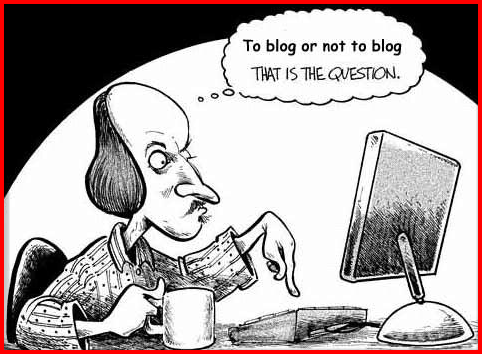As a blogger, it should be taken note that document design is very important. Document design allows you to create a document that reflects the image you wish your readers to have (Reep 2006). For example, if the design of your document is full of children pictures and colours, readers will know that the targeted audience for your document is kids. Reep (2006) also further explained that document design will increase your reader’s interest in the document. MacKenzie (1994 cited in Putnis & Petelin 1996) also emphasise the need to rationally and correctly incorporate words and their graphic form to create an information that is accessible and usable for readers.
Other than that, a blogger must know the limitations of blogging. Topics about cultures, religions and races should not be talked in depth to avoid any conflicts between readers. Also, a blogger must know ethical and principles in writing as issues may arise during the publication process, for example plagiarism, authorship, and even conflict of interest (King 2011). As a writer/ blogger, we must always remember that dishonesty can ruin an author’s reputation (La Follette, 1992; Malone, 1998 cited in King 2001).
References:
- King, CR 2001, 'Ethical issues in writing and publishing, Clinical Journal of Oncology Nursing, vol. 5, no. 3, pp. 19-23, viewed 13 June 2011, <https://www.ons.org/Publications/CJON/AuthorInfo/media/ons/docs/publications/19.pdf>
- Putnis, P & Peterlin, R 1996, Writing to communicate, in Professional communication: principles and applications, ch. 7, pp. 223-263.
- Reep, DC 2006, Document Design, in Technical Writing, ch. 6, 6th edn, pp. 133-172.
















